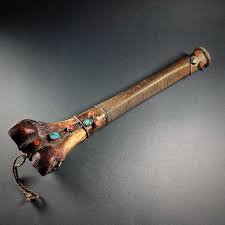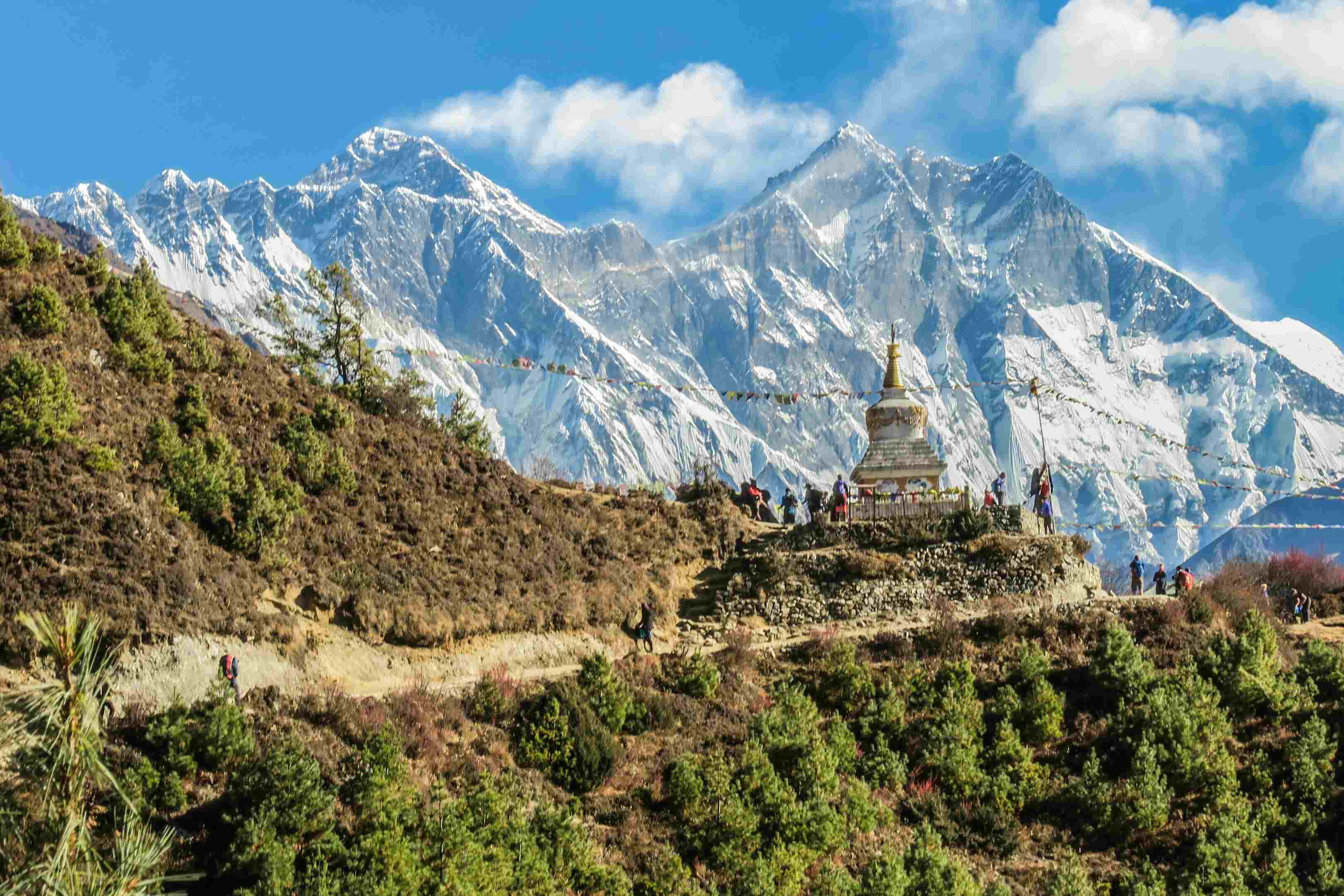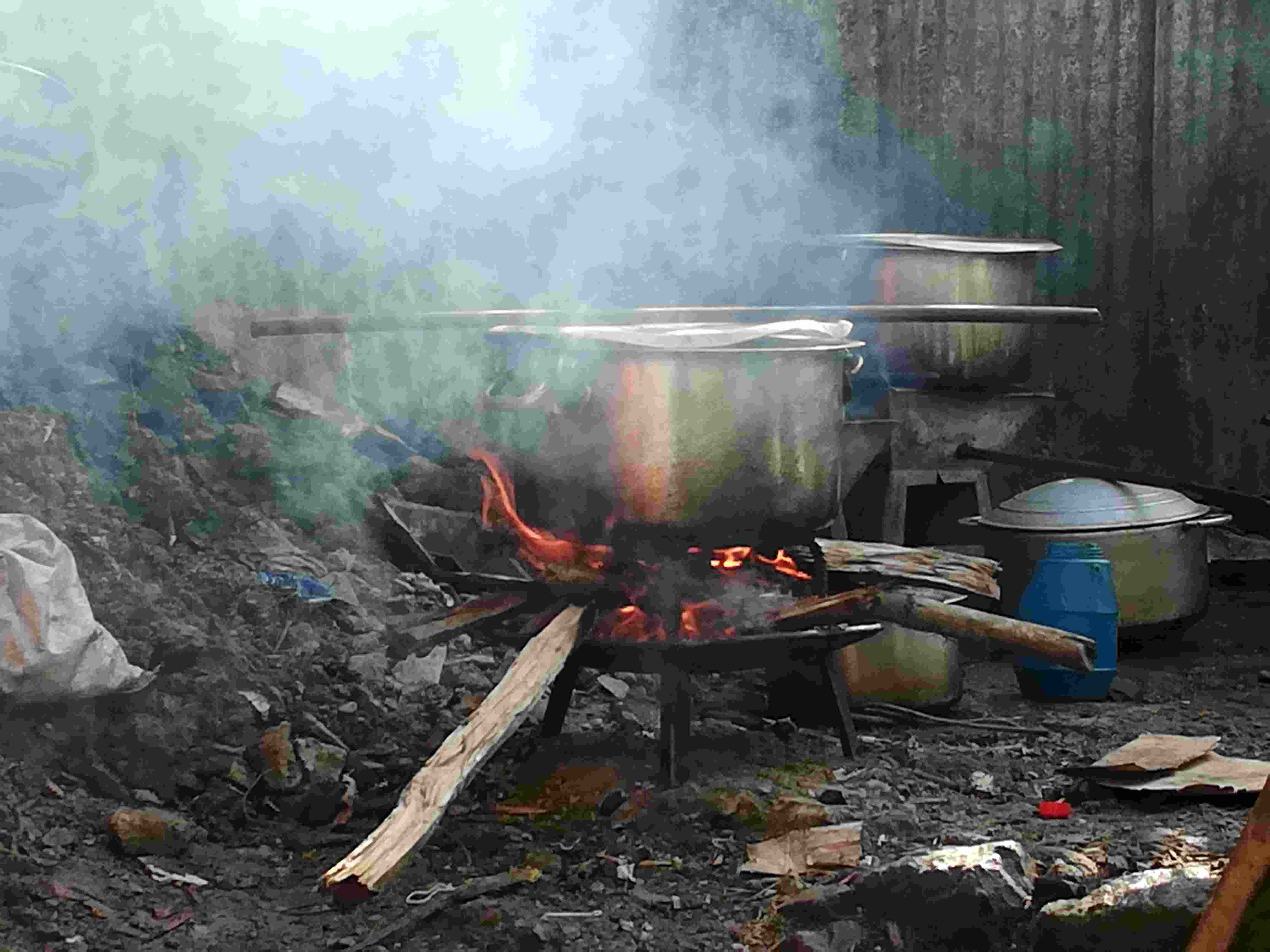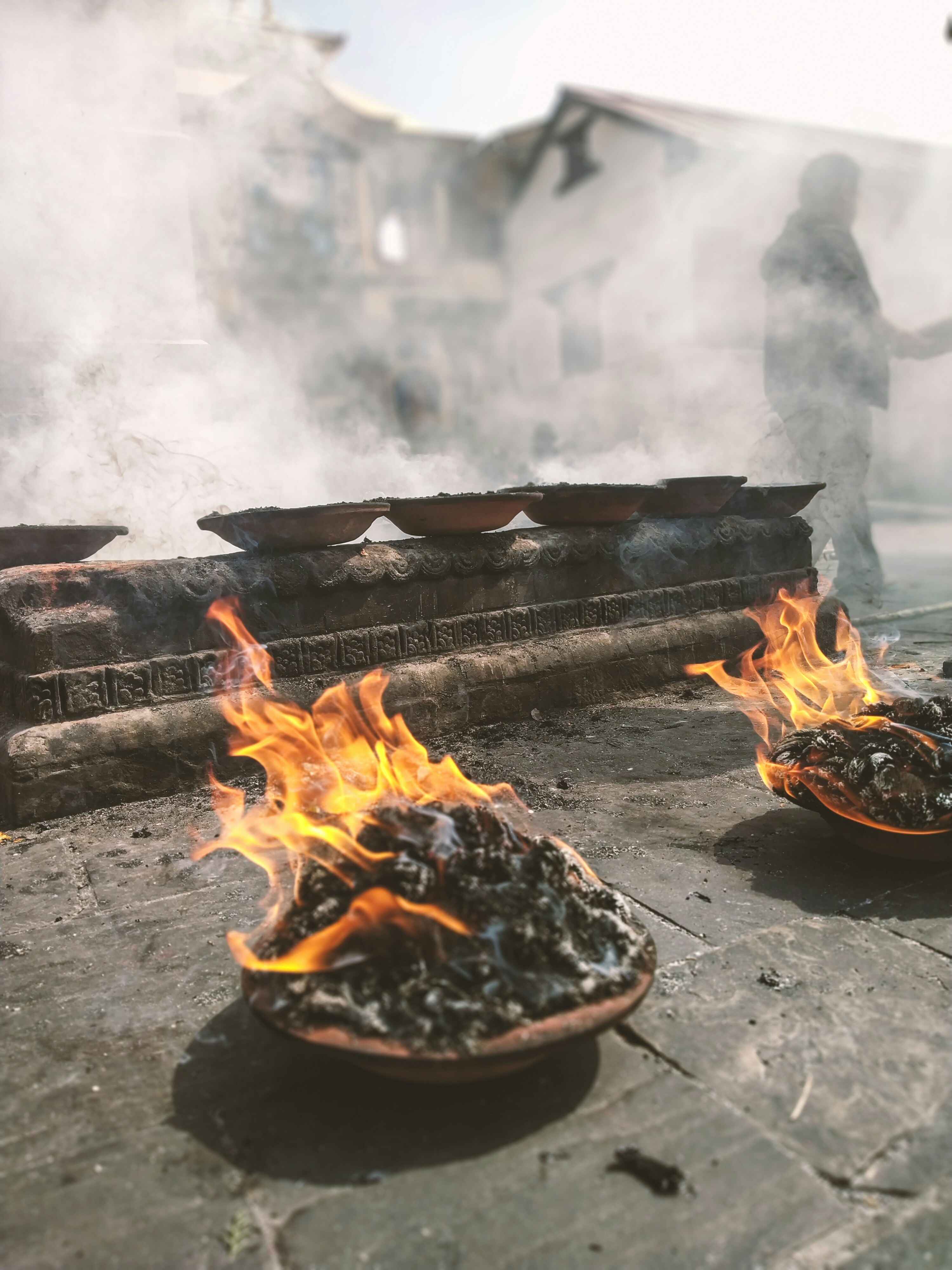Share this Article
Nepal’s national dish, dal bhat, holds an esteemed place in the hearts of its people. This humble yet incredibly nutritious meal is a symbol of Nepalese culture, representing the country's deep-rooted traditions of agriculture, simplicity, and the communal way of life. In every corner of Nepal, whether in a rural village or an urban restaurant, dal bhat is not just food—it's a cultural experience. In this article, we will explore the components of dal bhat, its significance, and why it has earned the title of "dal bhat power".
What is Dal Bhat?
Dal bhat is a two-part meal consisting of dal (lentils) and bhat (rice). It's often accompanied by a variety of side dishes, such as tarkari (vegetable curry), achar (pickle), and sometimes meat or fish, depending on the region and personal preferences. The dish is prepared differently across the country, but the foundation remains the same.
-
Dal: The lentil soup is made from split lentils like red lentils (masoor dal), yellow lentils (toor dal), or mung beans. The lentils are boiled and then seasoned with a blend of spices like turmeric, cumin, mustard seeds, fenugreek, and garlic. The dal is typically served hot and soupy, sometimes with a hint of tanginess from lime or tomato.
-
Bhat: This is plain steamed rice, which serves as the base of the meal. Rice is the staple food of Nepal, and it is typically served in abundance, making it the perfect accompaniment to the spicy dal.
-
Tarkari (Vegetable Curry): A variety of seasonal vegetables are cooked in a simple curry base, spiced with turmeric, garam masala, and mustard oil. Vegetables like cauliflower, potatoes, pumpkin, and spinach are commonly used.
-
Achar (Pickle): Aachar is a fermented or spicy pickle made from a variety of ingredients like mango, tomato, radish, and chili. It adds a tangy and spicy flavor that complements the mildness of the dal and rice.
-
Meat or Fish: In some regions, dal bhat is served with meat (typically buffalo, chicken, or goat) or fish, which adds protein to the otherwise vegetarian meal. This can include slow-cooked meats in flavorful gravies or simply fried fish.
The Power of Dal Bhat: A Nutritional Powerhouse
Dal bhat is considered the ultimate source of energy and nutrition in Nepal. The combination of lentils and rice provides a complete protein, making it ideal for a balanced diet. Here's why it is so revered:
-
Protein-rich: Lentils are a great source of plant-based protein, while rice is a rich source of carbohydrates. Together, they create a well-rounded meal that provides the necessary nutrients for daily sustenance.
-
Fiber-packed: Lentils and vegetables add a significant amount of fiber, which aids digestion and promotes overall gut health.
-
Vitamins and Minerals: The use of fresh vegetables and spices like turmeric, garlic, and ginger contributes to essential vitamins and minerals. For example, turmeric has anti-inflammatory properties, while garlic is good for heart health.
-
Easily Digestible: The ingredients in dal bhat are easy on the stomach, making it an ideal meal for people of all ages and those recovering from illness.
-
Affordable and Sustainable: One of the reasons dal bhat is so beloved is because it is affordable, with ingredients that are easily accessible to everyone. It can be made with minimal resources and is a sustainable meal for families in rural Nepal, where agriculture plays a central role in daily life.
Dal Bhat as a Symbol of Nepali Culture
Dal bhat goes beyond being just a meal. It represents Nepali hospitality, community, and tradition. Here's how:
A Symbol of Hospitality
In Nepal, offering dal bhat to a guest is a mark of respect and warmth. It’s common for hosts to serve large portions of dal bhat to their visitors, accompanied by more rice upon request. The dal bhat power concept is rooted in the idea that it is a filling, satisfying meal that can provide sustenance to anyone who partakes in it. In Nepali culture, food is a way to show care, and no one ever leaves the table hungry.
A Community Meal
Dal bhat is traditionally shared among family members and friends. In rural areas, it is common for people to sit together around a large platter of rice and dal, eating with their hands, creating a communal experience. This practice is about bonding and unity—dal bhat is not only about nourishing the body but also nurturing relationships.
A Ritual Meal
For many Nepalese, dal bhat is consumed twice a day—once in the morning and once at night. This ritual meal is consumed with reverence, often accompanied by family prayer or blessing. It is considered auspicious to start the day with a hearty dal bhat meal, which sets the tone for the rest of the day.
Dal Bhat Power: The Role in Nepali Society
The phrase "dal bhat power" has become a popular saying in Nepal, emphasizing the importance of this meal. In some contexts, it refers to the idea that dal bhat provides the energy and strength needed to work hard. In fact, it is said that "dal bhat power, 24 hours" is a common slogan to signify the vitality that comes from consuming this meal regularly.
Dal bhat has sustained generations of Nepalese through the centuries, especially those who live in rural areas and rely on agriculture. It is the fuel for daily labor, from working in the fields to cooking, cleaning, and maintaining homes. The simplicity of dal bhat, with its minimal yet powerful ingredients, is what has made it a cherished meal for all walks of life.
Modern-Day Variations
While the basic components of dal bhat remain unchanged, modern variations have emerged in urban areas, especially among the younger generations. In cities like Kathmandu and Pokhara, dal bhat may be served in restaurants, sometimes with innovative twists, such as:
-
Thakali Dal Bhat: A popular version that includes a more elaborate spread, with items like sautéed greens, spicy meat curries, and chutneys.
-
Vegetarian and Vegan Versions: For those following plant-based diets, dal bhat is easily adaptable by serving plant-based meats or using a wider variety of vegetables.
Despite these variations, the essence of dal bhat remains unchanged—an affordable, nutritious, and culturally rich meal.
Conclusion
Dal bhat is more than just a national dish; it is a symbol of Nepal’s cultural heritage, unity, and hospitality. It is a meal that transcends socioeconomic boundaries and brings people together, whether in a remote village or a bustling city. The combination of lentils, rice, and spices provides a perfect balance of nutrients, giving energy and strength to the people who consume it. Dal bhat truly encapsulates the spirit of Nepal—simple, nourishing, and full of love. The enduring popularity of dal bhat power is a testament to its importance in the lives of Nepali people.
Categories:
Culture & Traditions
,
History & Heritage
,
Lifestyle & Local Life
Tags:
tradition
,
Heritage
,
Local Life







